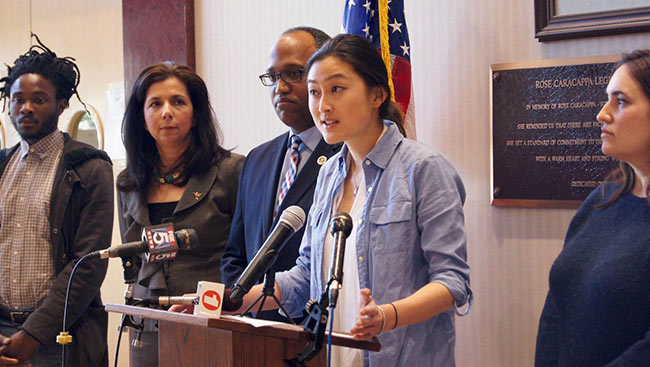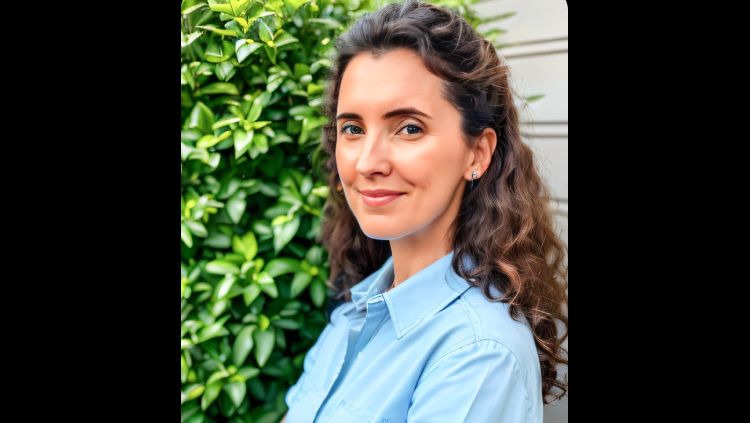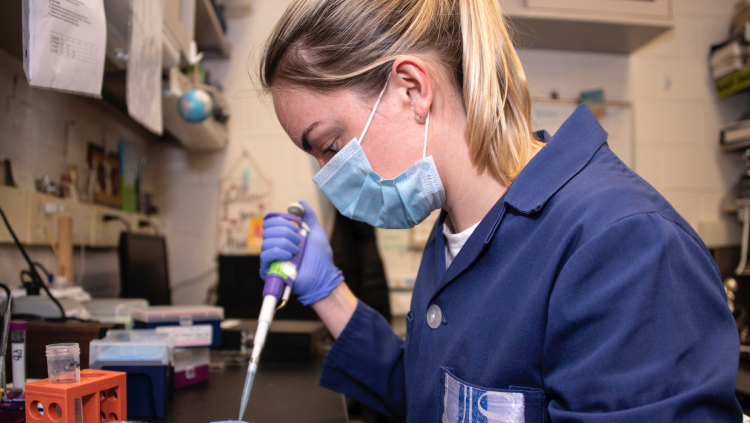
This past April, I proudly marched in Washington, DC, with 100,000 fellow scientists and nonscientists to show our support for the role of science in policy-making. The March for Science was a bit of an anomaly for the scientific community. While we hope that our research will have a positive impact on society, we don’t always raise our voices when we need to. But now more than ever, I believe it’s critical for scientists to actively engage in policy issues.
Last year, my colleagues and I founded a group of neuroscientists and psychologists called the Scientist Action and Advocacy Network (ScAAN). Our goal is to connect scientists with social change organizations because we realized that scientists’ research and analytical skills could be useful to nonscientific organizations. So far, we’ve seen positive results from our partnerships with organizations focusing on raising the age of criminal responsibility and limiting solitary confinement.
Raising the Age of Criminal Responsibility
Our first partnership was with Raise the Age NY, which has been campaigning to raise the age of criminal responsibility in New York from 16 to 18 years old. Until recently, New York was one of only two states whose criminal justice system treated all 16- and 17-year-olds as adults and put them through adult courts and adult prisons. ScAAN compiled a short literature review of research showing that the adolescent brain is not yet fully developed and that treating adolescent offenders as adults may be counterproductive. Our goal was to create a document that Raise the Age NY could use in its communications with the public and lawmakers to clearly and quickly illustrate the scientific support for their positions.
A few weeks after we released our review, a bill raising the age of criminal responsibility passed through the New York State Legislature and was signed into law. Raise the Age NY had been campaigning for this bill for years before we joined, but we were nonetheless proud to have played a role — no matter how small — in this victory.
Limiting Solitary Confinement
We are also partnering with the New York Campaign for Alternatives to Isolated Confinement and Solitary Watch, two organizations that are working to limit the largely unregulated use of solitary confinement. In the United States, tens of thousands of prisoners are confined in cells half the size of a parking space for 22-24 hours a day, for up to decades at a time. This violates United Nations recommendations on the treatment of prisoners, which limit the use of solitary confinement and prohibit its use for more than 15 consecutive days.
We compiled a short report on the psychological and neurological impacts of solitary confinement, including results from animal models of social isolation. The report has been used to lobby for a law to reduce the use of solitary confinement in New York State.
What I’ve Learned
It’s been rewarding to collaborate with other scientists who are motivated to engage in activism and advocacy. Members of ScAAN want to harness this energy and use our scientific skills to promote evidence-based social change.
I have two pieces of advice for anyone who wants to organize with their scientific colleagues.
- Start a group with people who work in the same building or campus as you. To maintain momentum, you’ll probably have to hold meetings about every two weeks in convenient places so there’s no excuse not to attend your meetings. It will be easier to maintain high attendance rates if members don’t have to travel far.
- Think small. It’s easy for a meeting of like-minded people to turn into a discussion on current events, but to be productive, recognize that there’s only so much that you can do. Think about the issues that your group is passionate about or that most affect your local community, and then drill down into tangible steps. Contact organizations that are already working on these issues and propose a small project that you could do for them.
Although the March for Science was a powerful way for scientists to make our voices heard, public demonstrations aren’t the only way to enhance the role of science in society. Scientists can directly advance the social change that we wish to see. ScAAN has done this through partnership with pre-existing organizations, but you may develop a different model that is more effective for your community and goals.
*Photo of ScAAN member Jenn Laura Lee advocating for raising the age of criminal responsibility in New York State.





